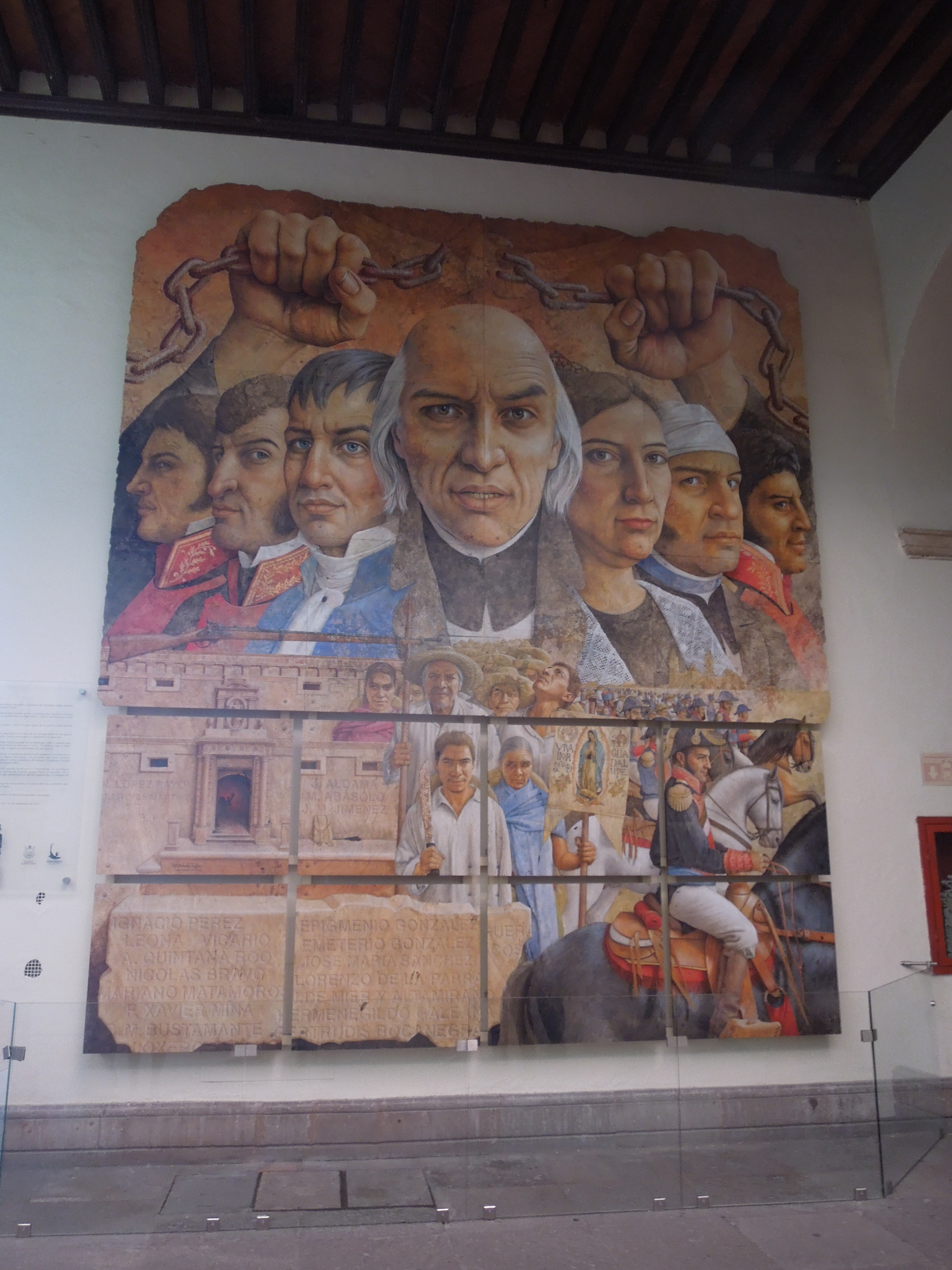The Grito, or “cry” for Mexican independence, can be celebrated in the downtown plaza of any city throughout Mexico. Each city has parades, folkloric dances, reenactments, mariachi music, or other festivities.
In this post, you’ll find an explanation and brief history of the Grito, and information about Guanajuato and Querétaro. These two cities are “cradles of independence” that will take you back in time to relive legendary moments in history.
When is the Grito Celebrated?
Mexican Independence Day is technically September 16th, when most towns and cities host a parade. However, the main festivities and Grito are the night before, on September 15th.
I’ve heard that the celebrations now begin on the 15th because former President Porfirio Diaz wanted the holiday to coincide with his birthday.
The entire month of September is the “Mes Patrio” or Month of Patriotism. You’ll find the colors of the flag lining streets throughout the country during the whole month.
What Happens at Grito of Independence Celebrations?
Cultural events lead up to the big moment when the local politician (mayor, governor, or even the President of Mexico in Mexico City) steps out onto a balcony for the Grito.
They proceed to give a call-and-response speech honoring those who fought for independence. If you want to participate, the response is easy: whenever the politician says, “¡Viva _______!” just shout “¡Viva!” in agreement along with the crowd. The speech concludes with the famous refrain, “¡VIVA MÉXICO!” (long live Mexico!).
The Grito is followed by fireworks and mariachi music. Flags wave in every direction and positive energy reverberates through the downtown.
The annual celebration of independence is a reenactment of the original Grito, a monumental event in Mexican history explained below.
Brief History of the Events Leading Up to Independence
The Original Grito
In the early morning hours on September 16th, 1810, a Catholic priest named Miguel Hidalgo y Costilla rang the church bell to gather a crowd in the town of Dolores, Guanajuato (later renamed Dolores Hidalgo).
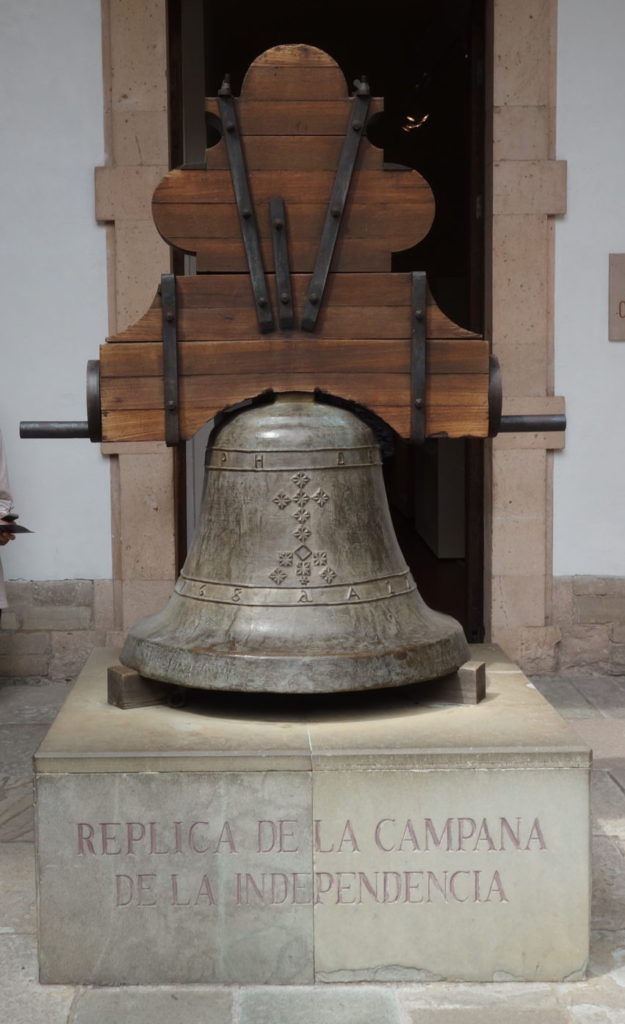
He then made a passionate speech and rallied the crowd to fight for independence as he carried an image of the Virgen of Guadalupe.
Although there were other events that led up to the Hidalgo’s Grito, it’s widely recognized as the event that initiated a decade-long struggle for independence from Spain.
Events After the Grito
Hidalgo started the revolt, but he fell short of achieving independence. His ragtag army was eventually disbanded. Hidalgo himself was beheaded for betrayal. But for sparking the revolt (and because he was a priest), he became known as the “Father of Independence”.
José Maria Morelos became the next leader in the fight for independence. His better-prepared army made significant progress, but Morelos was eventually beheaded as well.
Agustín de Iturbide had been fighting with the Spanish, but he eventually flipped sides and became the next leader of the revolutionary army. In 1821, his army took control of Mexico City and declared independence.
Iturbide was the first emperor of the newly independent nation, but his government was eventually replaced by a democratic republic when Guadalupe Victoria became Mexico’s first president.
Check out the National Geographic summary of historic events for some more details.
Cradles of Independence
1. Guanajuato, Guanajuato
History of Independence in Guanajuato
Just a couple weeks after the revolution began, Father Hidalgo’s army of insurgents made its way to the state capital, Guanajuato City. Spanish soldiers and civilians had hunkered down in a grain silo known as the Alhóndiga de Granaditas.
The grain warehouse is a large, stone fortress where the Spanish thought they were safe with a large stash of valuables (including lots of silver, which is still mined in the region today). However, the revolutionary army found a weak spot: a wooden door.
As the legend goes, a simple miner named Juan José de los Reyes Martínez Amaro, nicknamed El Pípila, became an overnight hero on September 28th, 1810. With a large, flat stone on his back for protection from gunfire, he bolted toward the wooden door with some tar and a torch, then set it ablaze.
Less than a year after the fighting began for independence, important leaders Miguel Hidalgo y Costilla, Ignacio Allende, Juan Aldama, and José Mariano Jiménez were captured and decapitated.
Their heads were posted for public display at the four corners of the Alhóndiga de Granaditas. They remained for a decade as an attempt to intimidate the public from rebelling.
Historic Places to Visit in Guanajuato
The Alhóndiga de Granaditas is still standing today as the Regional Museum of Guanajuato. Make sure you visit any time of year to see artefacts, murals, and the historic building!
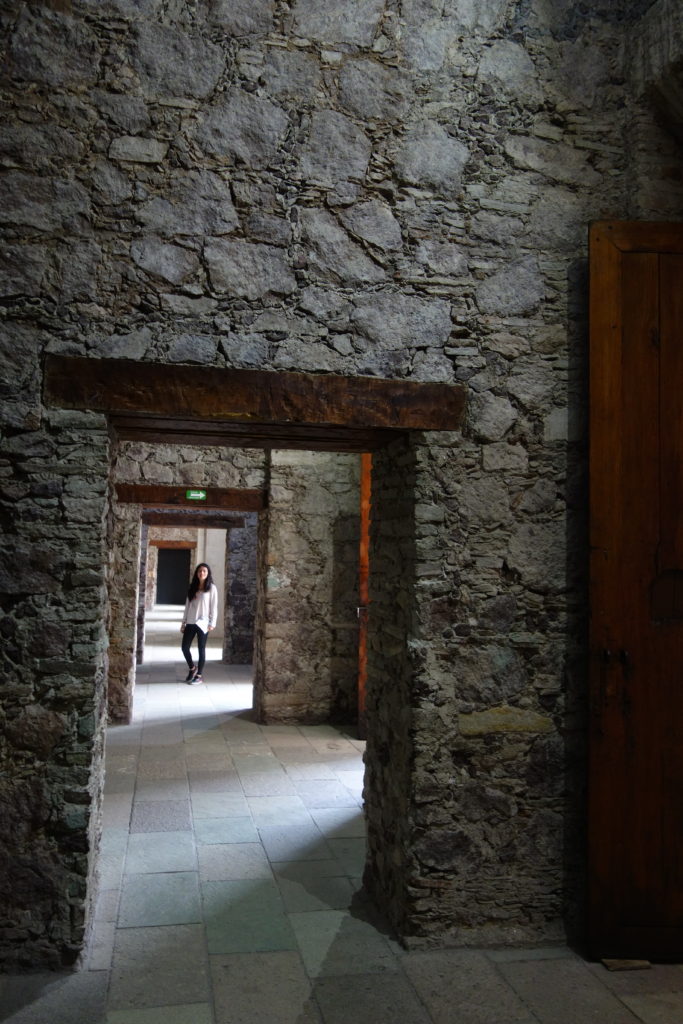
You can also see a replica of the bell Hidalgo rang to gather the people of Dolores. The original has been preserved, and is rang every year in Mexico City as the President gathers people for the Grito.
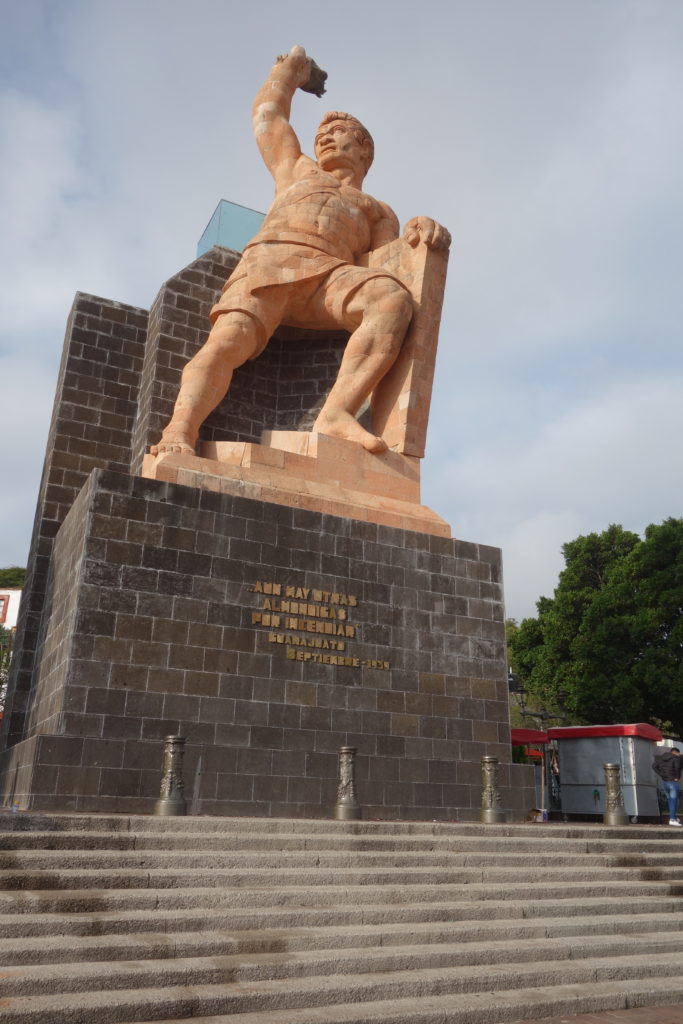
Insurgents quickly overwhelmed the Spanish and killed everyone inside in the first major victory in the long fight for independence.
A giant, 80-foot-tall statue of El Pípila overlooks the city today. Make sure to visit to see a breathtaking view of Guanajuato City, and a powerful symbol of history.
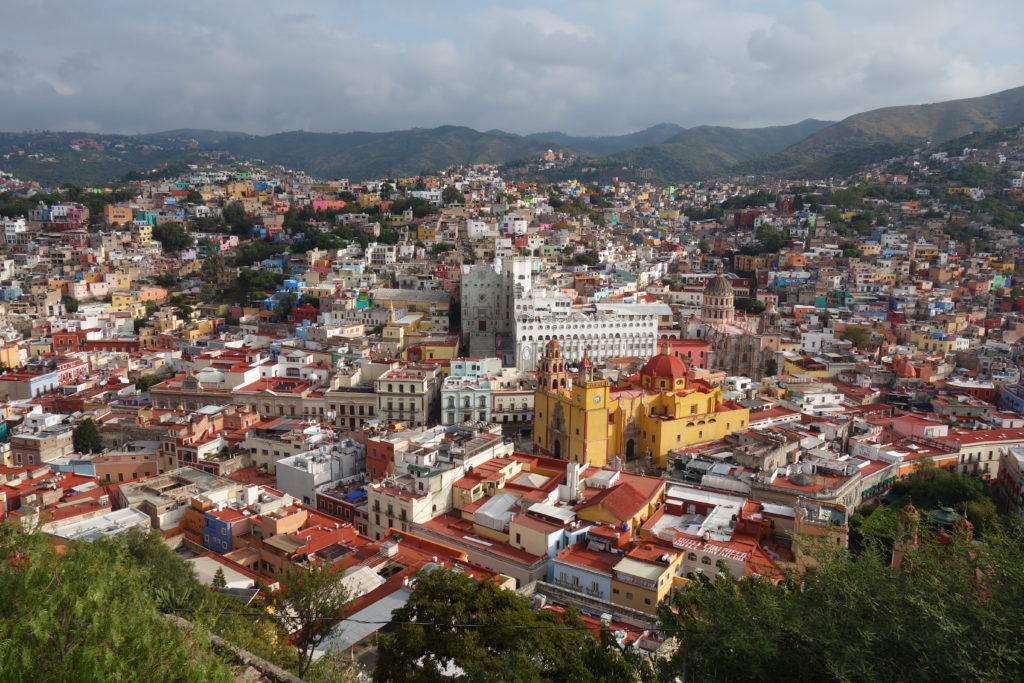
2. Santiago de Querétaro
The Querétaro Conspiracy: Events Leading Up to the Grito
As you can imagine, Hidalgo’s monumental Grito wasn’t just done on a whim. It was rather a representation of class tension bubbling beneath the surface for over 300 years.
Since colonization, the high class peninsulares (those born in Spain) had ostracized the lower classes; including criollos born in the colonies to Spanish parents, mestizos with mixed blood, native Mexicans, and African slaves.
Secret Meetings
The mayor of Querétaro City, José Miguel Dominguez, and his wife Josefa Ortiz de Dominguez hosted secret meetings in 1810. In attendance were Hidalgo y Costilla, Ignacio Allende, Ignacio Aldama, and other important figures from political, military, business, and religious sectors.
The clandestine group disguised themselves as a literary and social club. In reality, they were planning an uprising for December 8th, 1810.
The Scramble to Begin the Fight for Independence
Their plans were eventually discovered by authorities, who had some of the group members arrested on September 13th. Josefa Ortiz de Dominguez was among those captured, but another conspirator, Ignacio Pérez, was conveniently working in the prison.
Josefa discreetly sent Pérez to notify Allende that their plan had been discovered. Pérez rode his horse through the night to San Miguel, Guanajuato (which later became San Miguel de Allende).
He arrived in the early morning of September 15th, but Allende was nowhere to be found. But he did find Juan Aldama, another conspirator who knew Allende had gone to Dolores.
That night, Aldama and Pérez proceeded to Dolores and delivered the warning to Allende and Hidalgo around 2am. Together, they decided the revolt must begin as soon as possible.
Just a few hours later in the early morning of September 16th Hidalgo rallied the people with the Grito de Dolores.
Independence Celebrations in Querétaro
Querétaro becomes quite lively for a few days leading up to Independence Day. You can see several nights of live music, historic reenactments, traditional dances, and Mexican colors everywhere you look.
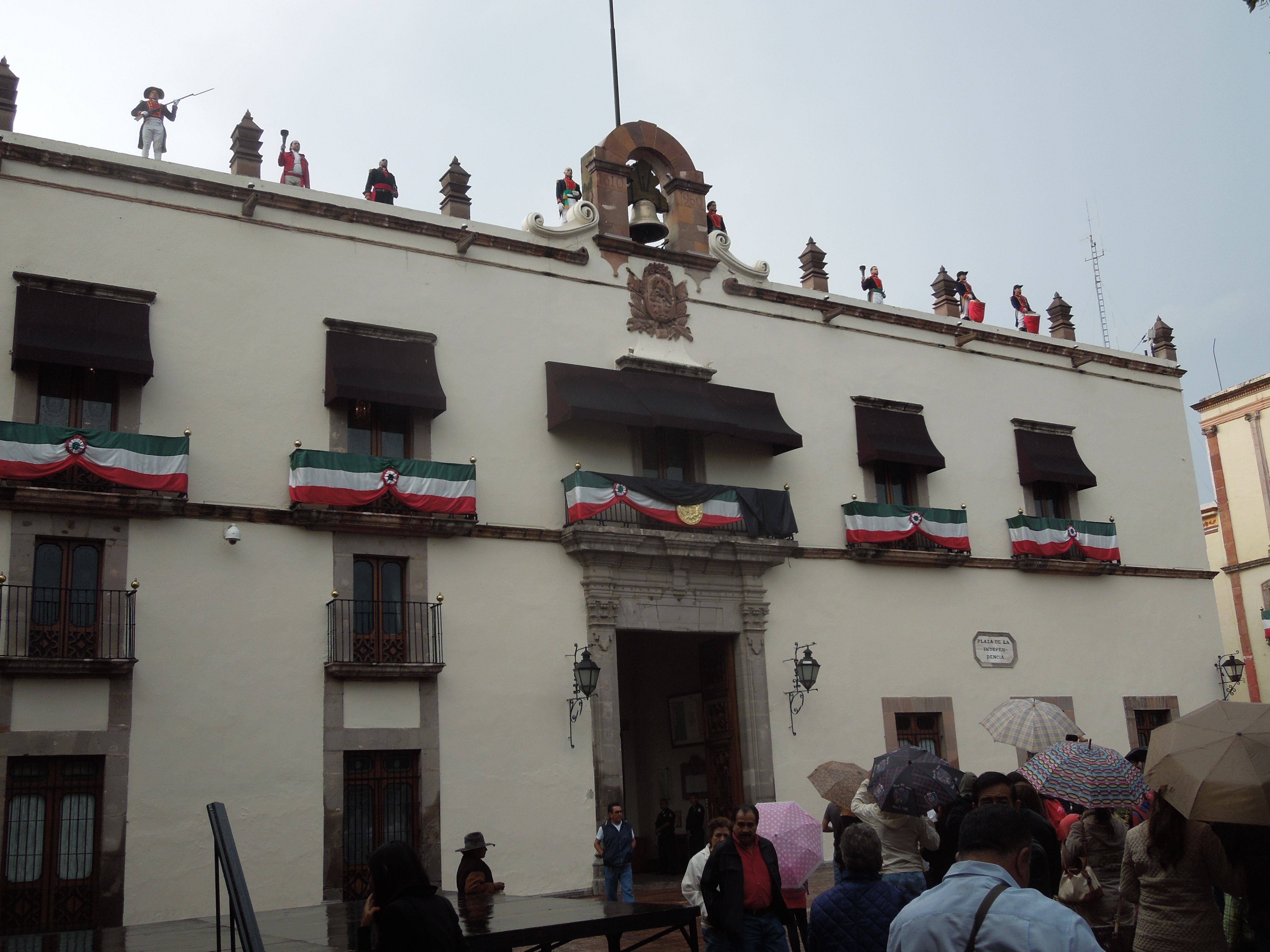
People on horseback gather on September 12th at the Palacio Municipal. From there, they begin a pilgrimage to San Miguel de Allende, then Dolores Hidalgo. It’s about a hundred mile journey to pay tribute to Ignacio Pérez’s historic trip to warn Allende and Hidalgo.
Also on September 12th, indigenous dancers take over the downtown area around the Temple of Santa Cruz for the Fiesta de los Concheros. I don’t think it’s directly related to Independence Day festivities, but the dates match up, so it’s a great time to visit.
From September 12th-15th, you’ll find hundreds of drummers and dancers in ornate Aztec clothing adorned with long feathers, colorful stitching, and nutshells around their ankles that rattle as they dance. They tirelessly dance all day for three days straight!
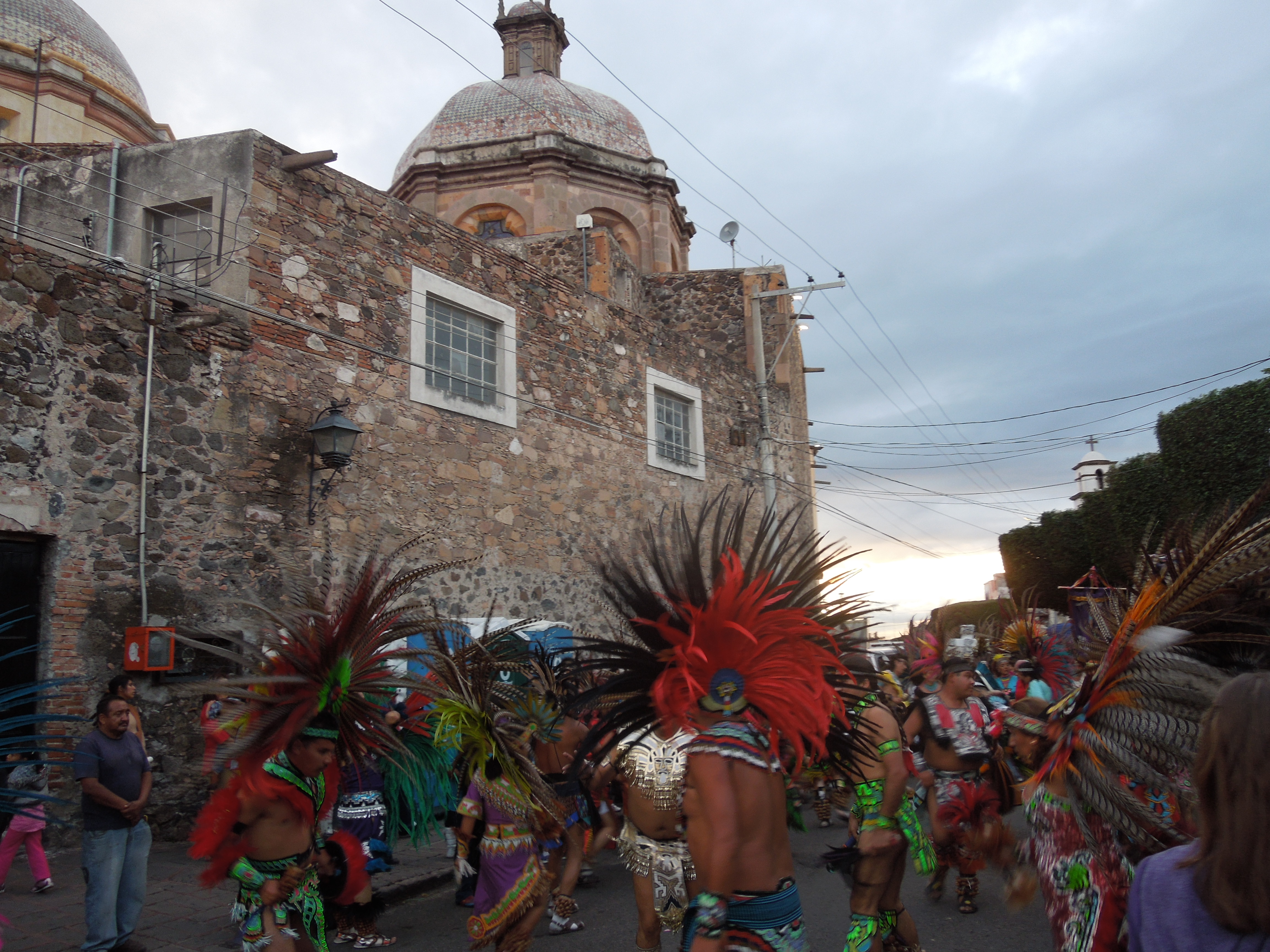
If you want to be in the action for the Grito the evening of September 15th, make sure you arrive early to the Plaza de Armas.
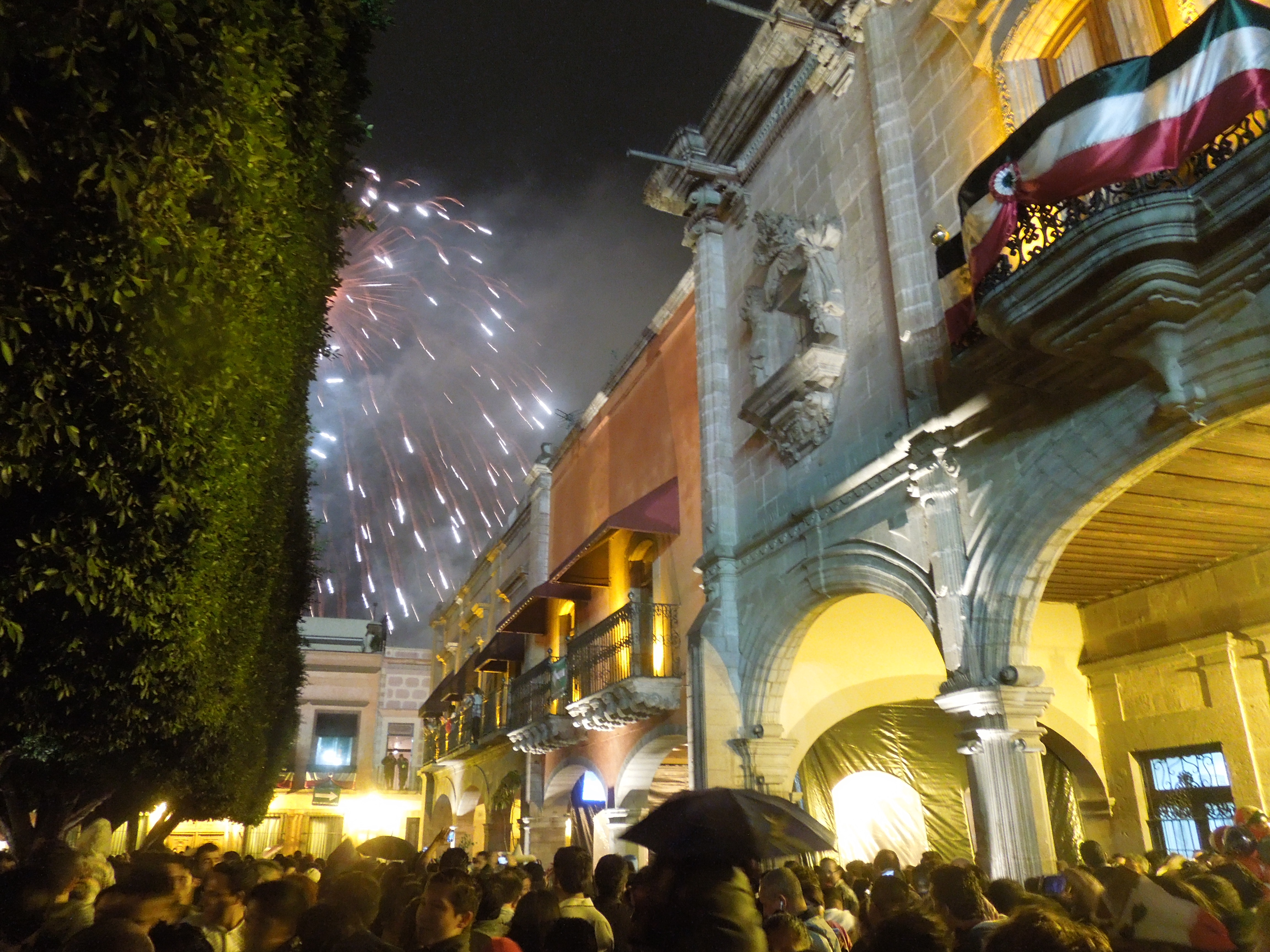
What to Eat on Independence Day
You can try to find a seasonal delicacy, the chile en nogada. It’s a poblano chile pepper with a creamy pecan sauce and topped with pomegranate. It’s a flavor combination that might seem like it wouldn’t work, but it’s delicious!
The most traditional independence food is pozole, which can be prepared as a red, green, or white soup (the colors of the flag). It’s made with hominy and pork or chicken in a rich broth. Top it with some lettuce, radishes, oregano, and chile powder. Spread some cream on a tostada for accompaniment.
Here’s a gruesome fact: In pre Hispanic times, pozole was prepared with human meat after ritual sacrifices. The Spanish adapted the dish with pork instead of human meat.
Here’s a great article with more information about the origins of Pozole.
Final Thoughts
Although historic events are sometimes disputed or embellished, the story of Mexican Independence is certainly worth celebrating. No matter where you find yourself for Mexican Independence Day and the Grito, it’s a great time to enjoy delicious food, colorful decorations, mariachi music, and those you love.
¡Viva México!

